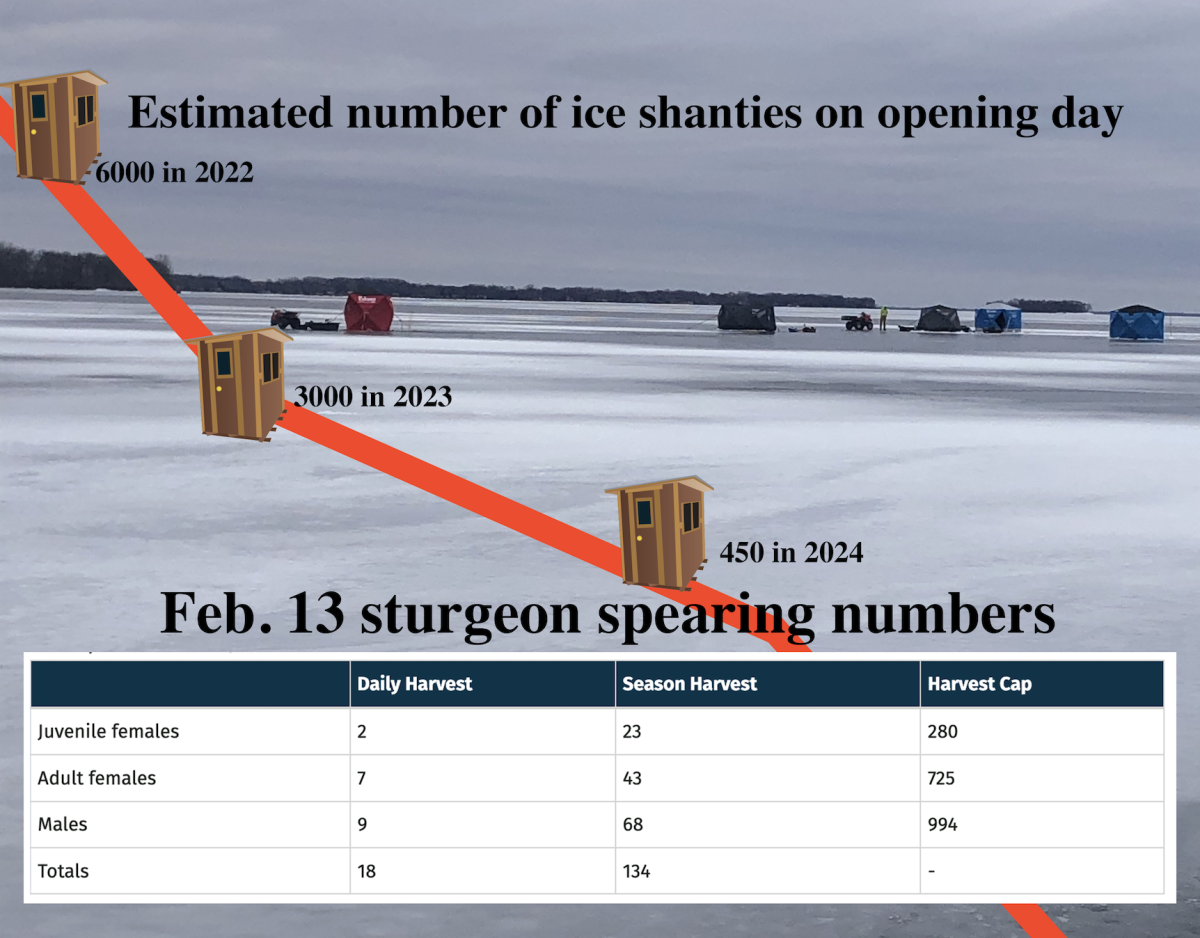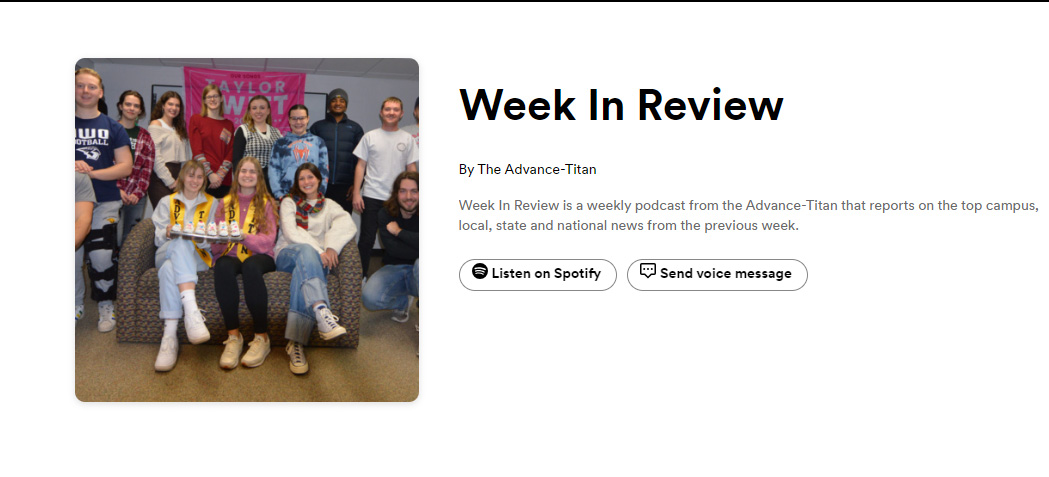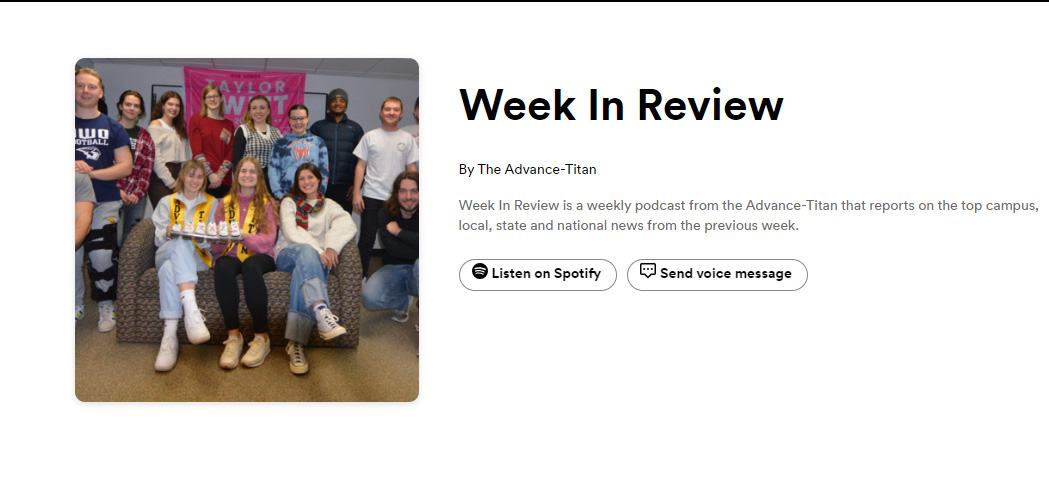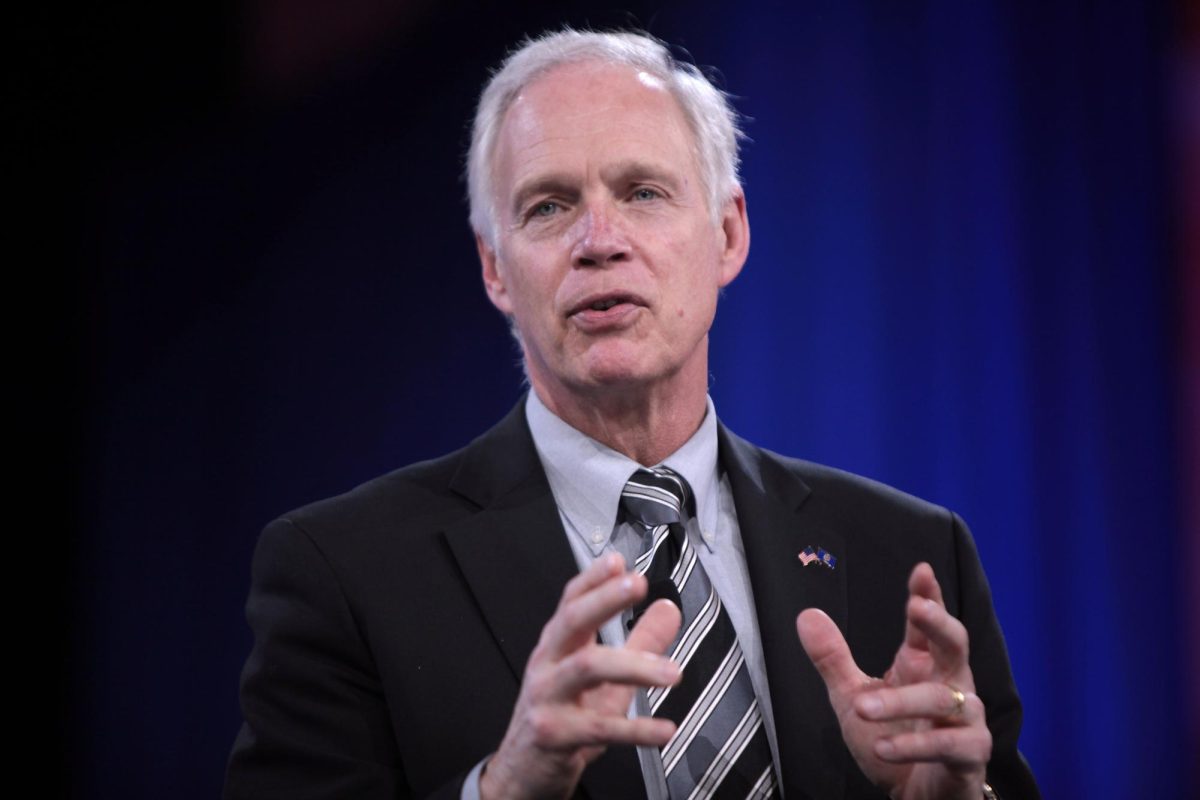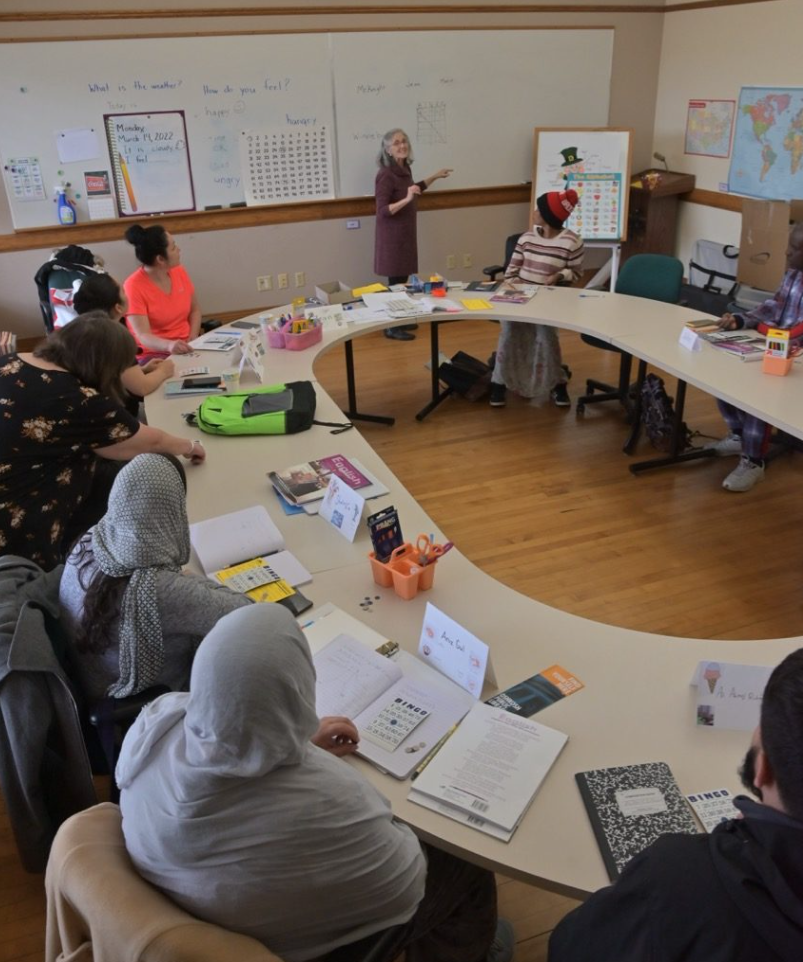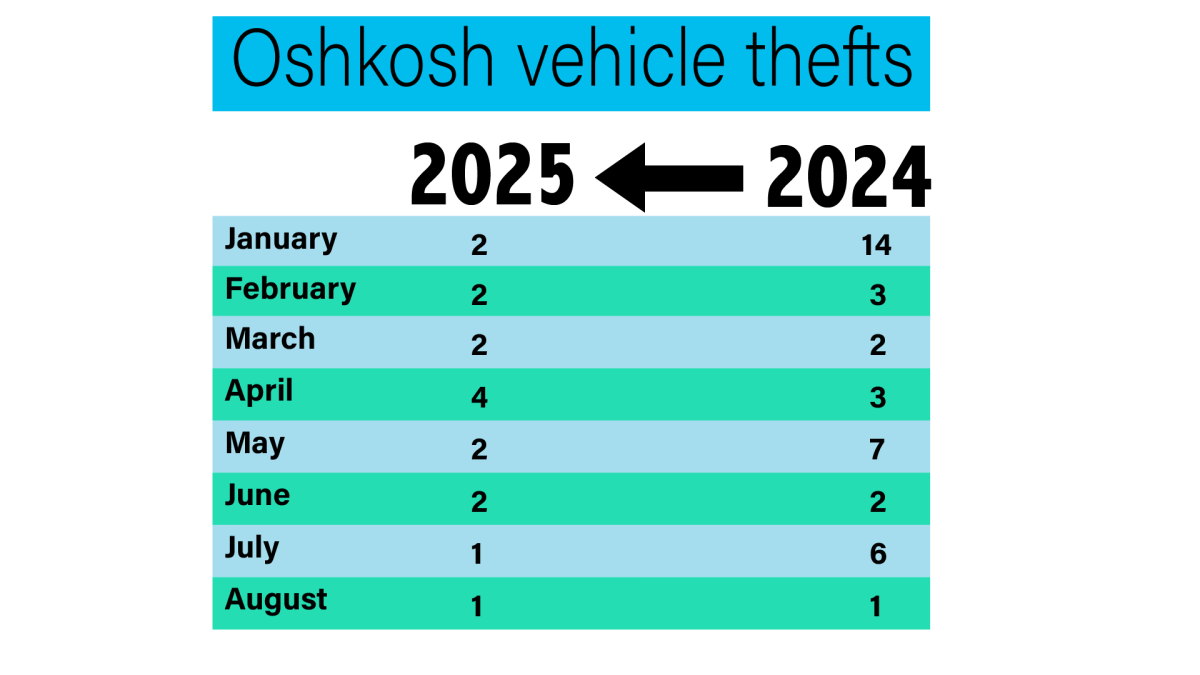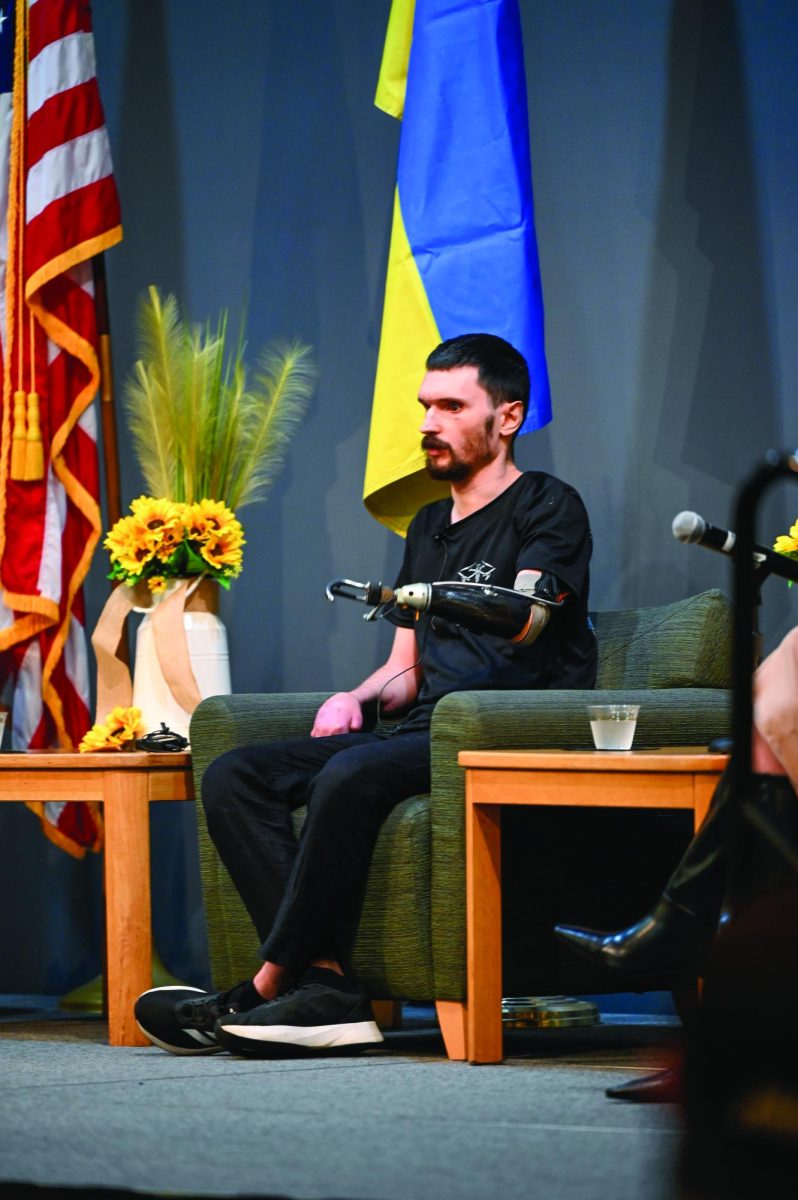Poor ice conditions caused a rocky opening weekend for the Winnebago system’s 16-day sturgeon spearing season, according to the Department of Natural Resources.
“The ice this year is an anomaly,” DNR senior fisheries biologist Margaret Stadig said.
Last Saturday opened the season with only an estimated 450 shanties on Lake Winnebago, down from roughly 3,000 pop-ups in 2023 and 6,000 in 2022, which the DNR reported is likely due to questionable ice.
Lake Winnebago’s ice thickness sat between 7 and 11 inches this weekend, according to Lake-Link fishing reports. The county encourages drivers to only take cars and light trucks onto ice that is at least 8-12 inches.
SUNK? Dive & Ice Service owner and Otter Street Fishing Club ice expert Don Herman said he recommends avoiding the ice, even with lighter vehicles like four-wheelers or snowmobiles.
“I strongly discourage people going out now at all unless you know the ice,” he said. “I wouldn’t want to take a four-wheeler out at all.”
Herman said there have been about half a dozen four-wheelers and shanties that have fallen through the ice on Lake Poygan, near Winneconne, just over the weekend.
The dicey ice conditions coupled with warm weather ahead caused the annual Battle on the Bago to cancel its fishing tournament this weekend, one of the biggest attractions of the event.
“It’s an economic disaster, is what it is,” Herman said. “Snowmobiling, cross country skiing… we used to have a bike-a-thon across the lake. Almost every event on Lake Winnebago has been canceled.”
The Winnebago system is not the only region to feel the effects of this warm winter.
Climatecental.org reported long-term records that show a downward trend in total frozen days for the Great Lakes. They predict this, along with the total frozen area, will continue to decrease.
While this year’s ice conditions have been particularly unique, this is not the first time the Winnebago system has had rising temperatures in the winter. As for the sturgeon, Stadig said this season alone shouldn’t affect spawn much in future years.
“The Winnebago system has seen warm winters in the past,” she said. “This will likely mean spring spawning will start earlier than usual. This might have some impacts on sturgeon recruitment (how successful the spawn was), but with a long-lived species like sturgeon, we will likely not see many lasting impacts from this one year alone.”
Stadig said she anticipates better ice conditions in the region’s future.
“We are also in the midst of an El Nino year that is exasperating this warm weather,” she said. “While we have seen some warm years the past two years, in northeastern Wisconsin we will still get cold winters with good ice in the future. We hope that this year’s extremely warm weather is just an anomaly, but only time will tell.”
Both Stadig and Herman said that for those who do wish to participate in the spearing season or get out on the ice, it’s best to check first with local fishing clubs, who closely monitor ice conditions.
“For those who do take to the ice, we just ask spearers to remember no ice is 100% safe and that they practice good ice safety,” Stadig said.
The 2024 spearing season will close on Feb. 25 unless the cap is met beforehand. Stay updated with open registration stations and harvest reports at dnr.wisconsin.gov.


